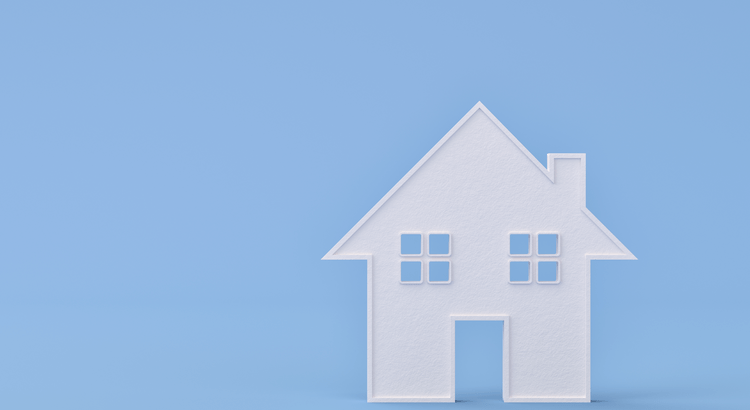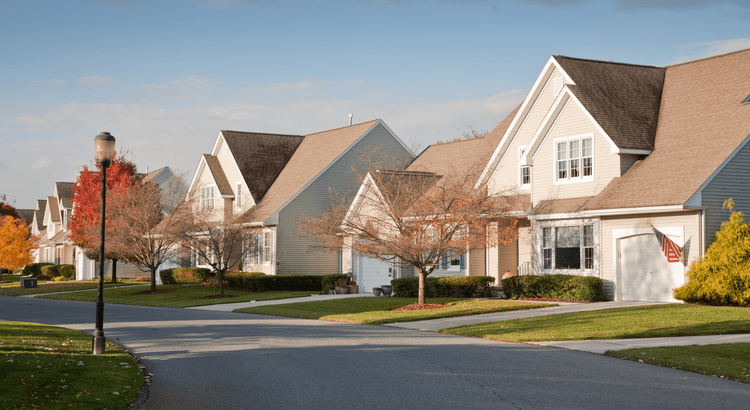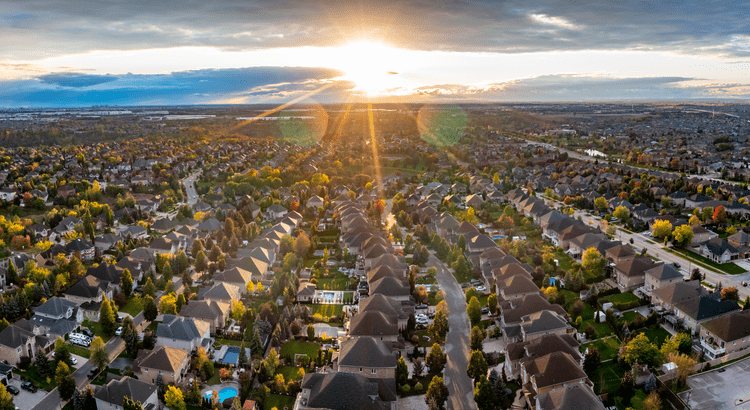
Why Buying Now is Worth It: Breaking Down the Benefits of Homeownership in 2024
Why Buying Now is Worth It: Breaking Down the Benefits of Homeownership in 2024 As we enter the final quarter of 2024, many potential homebuyers find themselves at a crossroads—should they buy now or wait? While holding off and seeing if the market shifts is tempting, this infographic makes a compelling case for why buying now is a smart financial move. Experts Forecast Home Prices Will Continue to Rise The first key point from the infographic is the forecast for home price appreciation over the next five years. Even though price growth is expected to be more moderate than in recent years, the projections still indicate a steady increase. From 2024 to 2028, home prices are expected to rise year-over-year as follows: 2024: 4.73% 2025: 3.11% 2026: 3.29% 2027: 3.75% 2028: 3.88% This gradual increase highlights the importance of getting into the market now. The longer you wait, the more you could pay for the same home. Even at a slower growth rate, home prices are expected to climb significantly, which can benefit homeowners through increased equity. The Power of Equity: What You Stand to Gain One of the most powerful benefits of homeownership is the potential to build equity, and this infographic does a great job of illustrating just how much you could gain—or lose—depending on your timing. The forecasted price appreciation over the next five years means that if you buy a home valued at $450,000 today, you could see a potential increase in your home’s value by more than $90,000. This increase comes from the natural price growth in the market. By 2029, that same home could be worth approximately $540,957. That’s a substantial gain in equity—money that could be used for future investments, renovations, or retirement. The longer you wait, the more equity you miss out on, and that’s a significant opportunity cost. Don’t Miss Out: Why Waiting Could Cost You While waiting for the market to cool down potentially might seem like a good idea, the infographic emphasizes the risks of holding off. The projected steady rise in home prices means that, as time goes on, you could end up paying more for a similar home and missing out on the chance to build equity right away. If you're financially ready and able to buy, this data suggests that now is the time to act. Every month you wait could mean higher prices and a missed opportunity to start growing your wealth through homeownership. Key Takeaways: Home Prices Will Rise: Even with more moderate growth, prices are expected to steadily increase through 2028. Equity Gains Are Significant: Buying now could allow you to gain more than $90,000 in equity over the next five years. Delaying Can Be Costly: Waiting could result in paying more for a home and missing out on equity growth. Final Thoughts This infographic paints a clear picture: if you're on the fence about buying a home, now is the time to move. The market may seem intimidating, but the benefits of purchasing a home in 2024 far outweigh the risks of waiting. With prices projected to rise and equity opportunities increasing, buying a house now can set you on a path to financial growth and stability. If you’re ready to discuss your options and start your home-buying journey, reach out today. Let’s connect and help you start building wealth through real estate!

Why Did More People Decide To Sell Their Homes Recently?
Why Did More People Decide To Sell Their Homes Recently? Homeowners typically slow down their moving plans as the summer months wrap up, and as a result, fewer homes are listed for sale in the fall. It’s a predictable, seasonal trend in real estate. But this year, mortgage rates came down at the same time the number of homes on the market usually starts to decline. So, what happened? More homeowners decided to sell, so more homes came to the market. The most recent data from Realtor.com reveals that in September, the number of homes put up for sale increased by 11.6% compared to this time last year. As the green circle in the graph below shows, the typical September decline in homes coming to the market didn’t happen – that number actually went up (see graph below): Ralph McLaughlin, Senior Economist at Realtor.com, explains why there was an unseasonable rise: “This sharp increase is largely due to the decline in mortgage rates in mid-August, enticing homeowners to sell.” So, as rates came down at the end of the summer, more people jumped into the market and decided to make their move. What Does This Mean If You’re Looking To Buy a Home? It means more fresh options to choose from than you’ve had in a while – not the ones that have been sitting around, unsold. But keep in mind, mortgage rates have been volatile lately, ticking up slightly in recent weeks, which could limit the number of people who feel comfortable with the idea of selling in the months ahead. And in this market, it’s mortgage rates that are largely driving homeowner decisions. Why Buy Now, Rather Than Wait? Whether you're looking for a starter home, an upgrade, or hoping to downsize, you have more homes to choose from right now. And if you can find what you’re looking for, know that these new, fresh options won’t be on the market forever. So, staying on top of what’s available in your local area with a trusted agent is key. And remember, one month doesn’t make a trend. So, what does that mean going forward? Whether more homeowners than normal continue to put their houses on the market will largely depend on what happens with mortgage rates and the economic factors that impact them, like inflation, employment, and the reactions by the Federal Reserve. With that in mind, now might be your moment, while more homes are available – if you’re ready, willing, and able to buy this fall. Lawrence Yun, Chief Economist at the National Association of Realtors (NAR), explains: “The rise in inventory – and, more technically, the accompanying months’ supply – implies home buyers are in a much-improved position to find the right home and at more favorable prices.” Bottom Line As rates came down at the end of the summer, sellers started to trickle back into the market, which means buyers have more choices right now. Let’s connect to make sure you have a trusted advisor to help you navigate the new options before they’re all scooped up.

The Benefits of Using Your Equity To Make a Bigger Down Payment
The Benefits of Using Your Equity To Make a Bigger Down Payment Did you know? Homeowners are often able to put more money down when they buy their next home. That’s because, once they sell, they can use the equity they have in their current house toward their next down payment. And it’s why as home equity reaches a new height, the median down payment has too. According to the latest data from Redfin, the typical down payment for U.S. homebuyers is $67,500—that’s nearly 15% more than last year, and the highest on record (see graph below): Here’s why equity makes this possible. Over the past five years, home prices have increased significantly, which has led to a big boost in equity for current homeowners like you. When you sell your house and move, you can take the equity that gives you and apply it toward a larger down payment on your new home. That’s a major opportunity, especially if you’ve had concerns about affordability. Now, it’s important to remember you don’t have to make a big down payment to buy your next home—there are loan programs that let you put as little as 3%, or even 0% down. But there’s a reason so many current homeowners are opting to put more money down. That’s because it comes with some serious perks. Why a Bigger Down Payment Can Be a Game Changer 1. You’ll Borrow Less and Save More in the Long Run When you use your equity to make a bigger down payment on your next home, you won’t have to borrow as much. And the less you borrow, the less you’ll pay in interest over the life of your loan. That’s money saved in your pocket for years to come. 2. You Could Get a Lower Mortgage Rate Providing a larger down payment shows your lender you’re more financially stable and not a large credit risk. The more confident your lender is in your credit score and your ability to pay your loan, the lower the mortgage rate they’ll likely be willing to give you. And that amplifies your savings. 3. Your Monthly Payments Could Be Lower A bigger down payment doesn’t just help you reduce how much you have to borrow—it also means your monthly mortgage payment may be smaller. That can make your next home more affordable and give you a bit more breathing room in your budget. 4. You Can Skip Private Mortgage Insurance (PMI) If you can put down 20% or more, you can avoid Private Mortgage Insurance (PMI), which is an added cost many buyers have to pay if their down payment isn’t as large. Freddie Mac explains it like this: “For homeowners who put less than 20% down, Private Mortgage Insurance or PMI is an added insurance policy for homeowners that protects the lender if you are unable to pay your mortgage. It is not the same thing as homeowner's insurance. It's a monthly fee, rolled into your mortgage payment, that’s required if you make a down payment less than 20%.” Avoiding PMI means you’ll have one less expense to worry about each month, which is a nice bonus. Bottom Line Down payments are at a record high, largely because recent equity gains are putting homeowners in a position to put more money down. If you’re thinking about selling your current house and moving, let’s work together to figure out how much home equity you have right now, and how it can boost your buying power in today’s market.

Why an Agent Is Essential When Buying a Newly Built Home
Why an Agent Is Essential When Buying a Newly Built Home For some buyers, there’s a misconception that newly built homes aren’t made to last or fall short of the quality you can find in older homes. Unfortunately, this is turning some buyers away from what may be one of their best options in today’s housing market. As Builder Online says: “As resale inventory remains limited and the price spread between new and resale homes narrows, new homes are increasingly an attractive value proposition for buyers, with incentives such as rate buydowns a way to help address ongoing affordability challenges.” So, is there any merit to the myth? Let’s break down the best way to make sure you feel good about looking into new home construction. That way, you’re not missing out on such a great option today. Choosing the Right Builder The key to making sure you get a quality newly built home is to choose a good builder. Reputable builders adhere to strict building codes and standards, use advanced construction techniques, and often offer warranties that cover structural issues for several years. That’s why the Mortgage Reports offers this advice: “When embarking on the journey of buying a new construction home, one of the most important steps is selecting the right builder. This decision can significantly impact the quality and satisfaction you derive from your new home.” And while you could dig into research about all the builders in your area, there’s an easier option to get the job done: lean on a pro. When you work with a local real estate agent, they already know about the builders and the new home communities under construction in your area. Beyond that, maybe they’ve even worked with other buyers who opted for a home in one of those neighborhoods. Here are just a few of the things your agent will help you with: 1. The Builder’s Reputation: Your agent will help point you toward builders with strong reputations and positive reviews from previous buyers. Additionally, your agent will make sure the builder is licensed and insured. Membership in professional organizations, such as the National Association of Home Builders (NAHB), is also a good sign of a builder’s commitment to industry standards. 2. Their Model Homes: Your agent will also be able to tell you if the builders have model homes you can tour. And when your agent walks through the model with you, they’ll draw your attention to the little details that matter most. Things like the quality of finishes, layout, and overall feel of the home. 3. Builder Warranties: Your agent will also be able to help you navigate any builder offers or incentives. Reputable builders often provide warranties to cover major structural elements of the home for a significant period of time. This is a testament to their confidence in the quality of their construction. 4. Getting Inspections: Even with new homes, inspections are crucial. Your agent will coordinate the inspections with licensed professionals to ensure the home meets safety and quality standards before you move in. Agents Are the MVP When You’re Buying a Brand-New Home Maybe that’s why data shows homebuyers unanimously scored their agents higher than their builders when looking back on their recent purchase: So, you don’t need to worry that they just don’t make them like they used to. By working with a knowledgeable real estate agent to choose a reputable builder, you can feel confident when buying a newly built home today. As Realtor.com says: “If you are interested in buying a new construction . . . You need your own real estate agent from the get-go. Even if it seems like plug and play to sign up with the builder’s on-site agent, you’re going to want someone representing your side of the deal.” Bottom Line If you’re considering buying a brand-new home, don’t let misconceptions hold you back. Let’s work together to find a home you’ll love and be proud to call your own.
Categories
Recent Posts










